Key Highlights
- Raidou Kuzunoha’s return: The iconic apprentice detective takes players back to the fictional Taisho 20 era in Japan.
- Overhauled combat system: Players can now summon two demons simultaneously with revamped MAG Drain mechanics.
- Expanded demon roster: An increase from 70 demons in the original game to over 120, including beloved designs from SMT5.
- Enhanced graphics and user interface: QOL updates, full character VO, and modern visuals tailored for consoles.
- Additional features: New summoner abilities, express streetcars for fast travel, and varying difficulty levels appeal to differing player styles.
Introduction
Raidou Remastered: The Mystery of the Soulless Army tries to bring new interest to a part of the Shin Megami Tensei series that many have forgotten. It centers on Raidou Kuzunoha and aims to add fresh excitement to the story about the soulless army, making changes for today’s consoles. But even with good goals, does it really solve the mystery, or does it get lost in a confusing story? Can this new version improve what was once a mixed-received game, or will it end up losing some of its original charm?
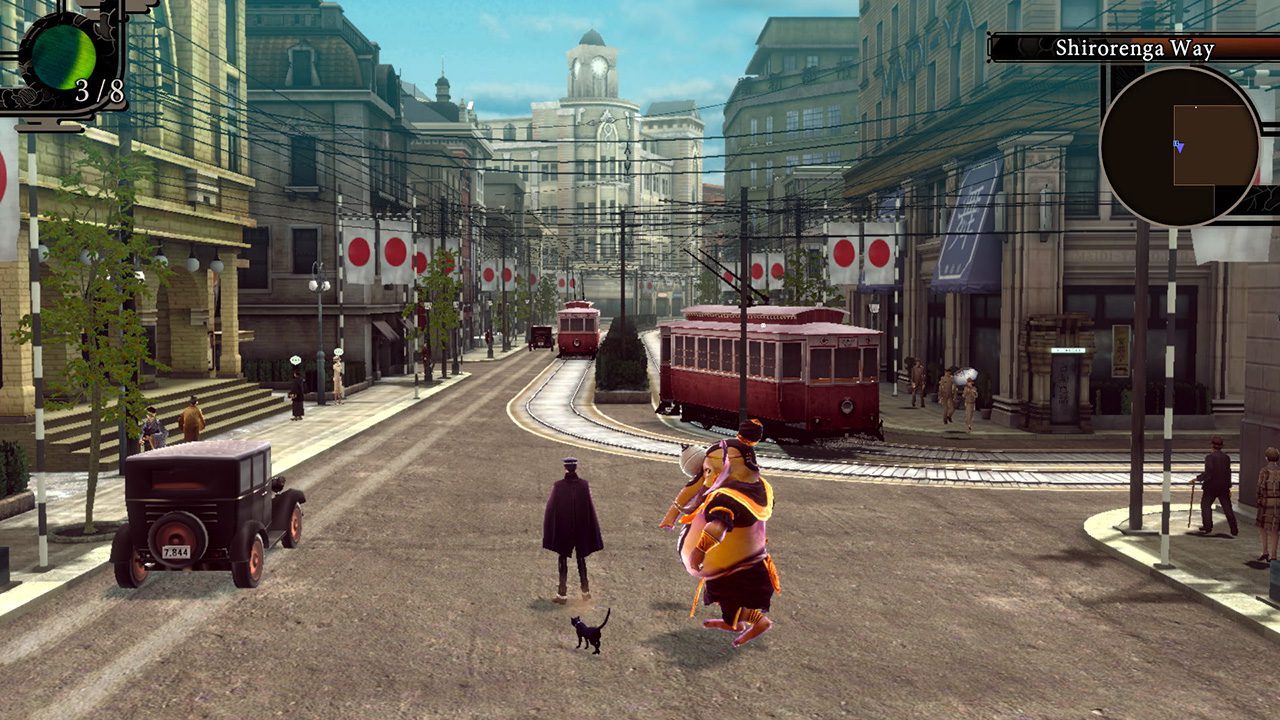

Overview of RAIDOU Remastered
Raidou Remastered: The Mystery of the Soulless Army takes us back to the 1931 Taisho era. It mixes supernatural themes with detective work in a dark realm full of demons. Players will become apprentice detective Raidou Kuzunoha XIV and engage in an adventure with an overhauled battle system. He must face dangers in Tokyo and look into the kidnapping of a young heiress for the Narumi Detective Agency. The story features haunting shadows, social worries, and Raidou’s need for his demon allies.
Atlus promotes this remaster as a big upgrade from a lesser-known PS2 game. But the important question is whether Raidou Kuzunoha’s case of the century will connect with today’s gamers. Fans are excited about added features and better graphics. Yet, the trailer for the remaster raises doubts about how well this will work. Will Atlus keep the original’s spirit, or will it change too much?
What sets apart Raidou Remastered from its original?
It is hard to miss the big differences between Raidou Remastered and the original game. The remaster has important updates to its battle system. Now, players can summon two demons at the same time, which was not possible in the original version. The MAG Drain mechanics are also changed. Some players might think that this new system is a bit too complicated compared to the simpler charms of the old game.
Modern consoles provide smoother gameplay, but this smoothness sometimes costs us our nostalgia. Atlus has turned the old pre-rendered graphics into full 3D environments and has left behind the original art deco style. These changes might please new gamers who do not know much about Raidou’s world. However, fans who love the original game may feel that this lost look is a blow to what made the game unique.
Still, the new fully voiced cutscenes and better sound design are great improvements. As these features get more attention, it makes us wonder if they enhance the storytelling or if they just steal the spotlight.
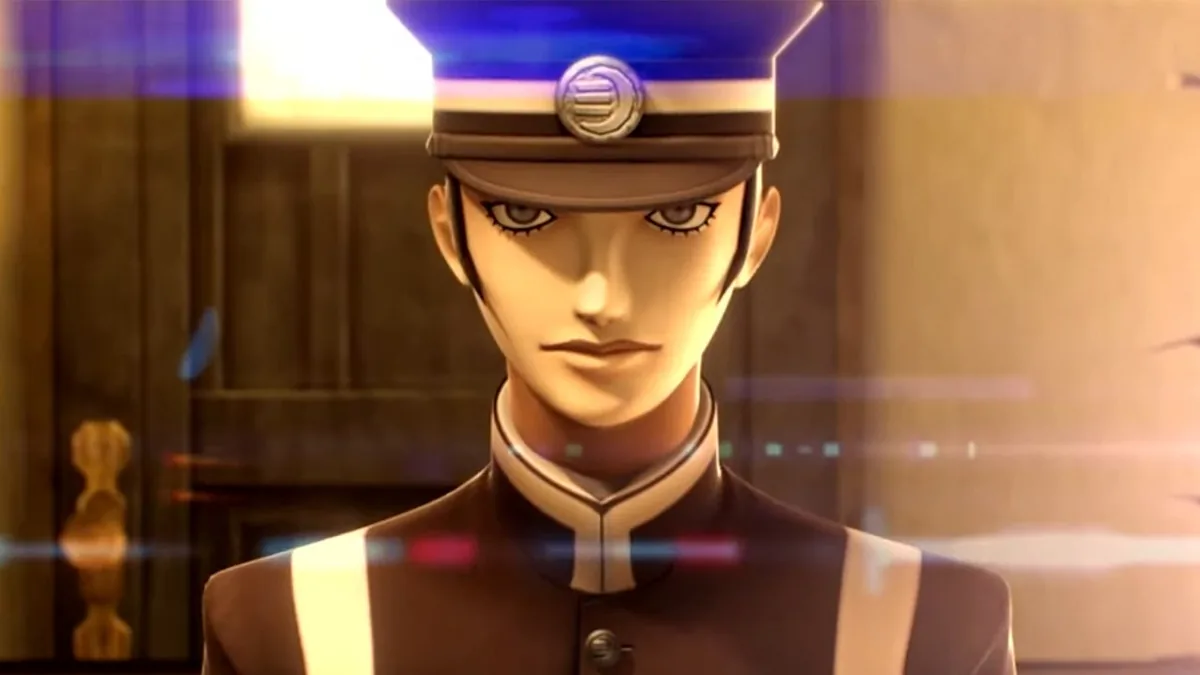

Key enhancements in graphics and user interface
The graphical update in Raidou Remastered really stands out. It offers new visuals that blend the haunting dark realm with modern realism. Textures look clearer, and the environments are more defined. The lighting captures the spooky feel that the game is known for. However, some fans miss the pre-rendered graphics that brought out the magic of the Taisho era. These have now been swapped for standard 3D settings.
The remaster also adds QOL updates, like express streetcars for quick travel and a larger minimap and objective display in the app. While these improvements are useful, they can sometimes pull players away from truly engaging in the inner detective work.
On the other hand, the improved user interface seems refined but can feel too busy at times. The full voiceover for major characters brings energy to the story but might come off as robotic during important moments. In general, these changes walk a fine line between modernization and losing touch with nostalgia, making fans question their worth.
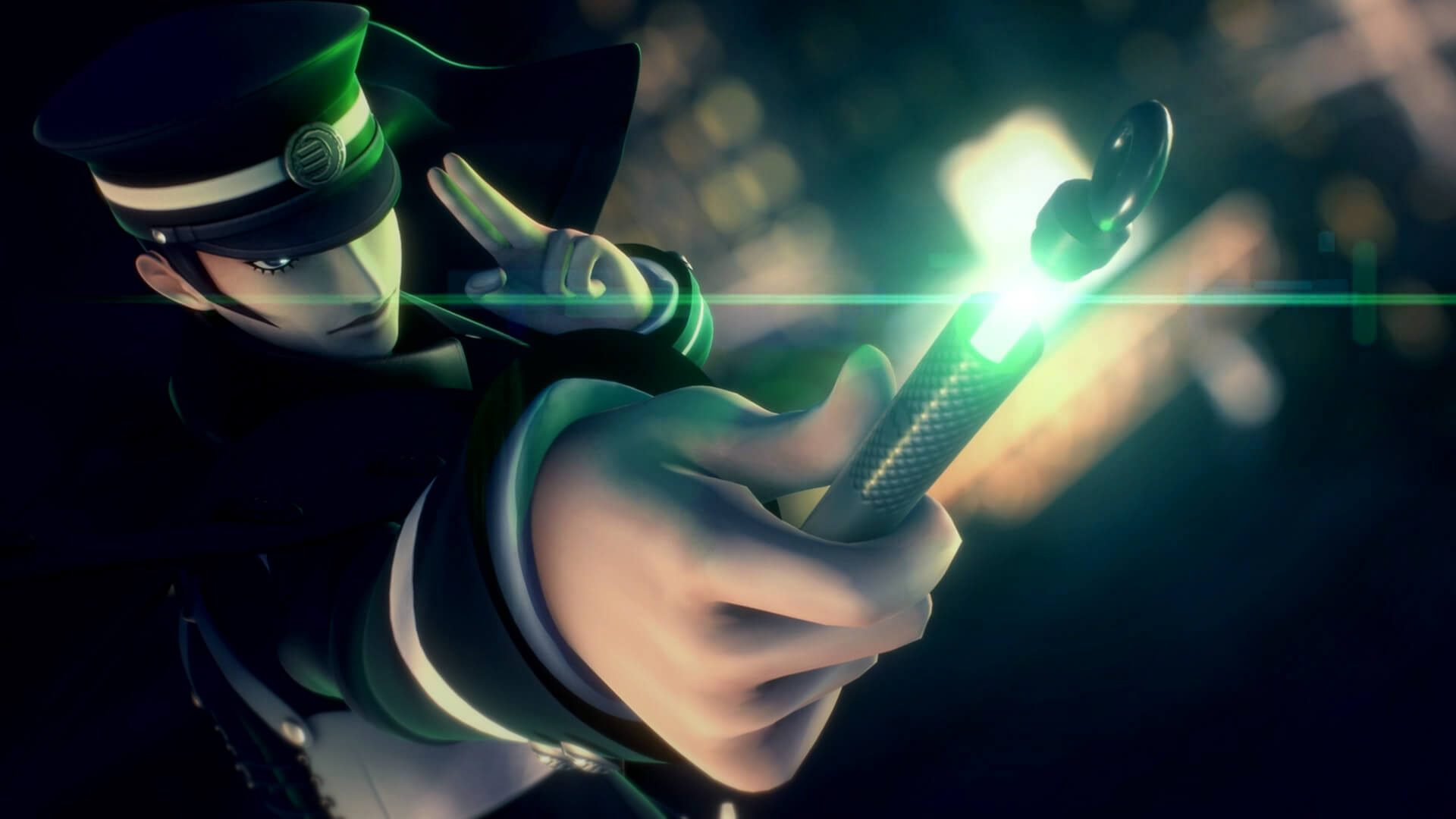

Gameplay Mechanics and Features
Under Raidou’s command, gameplay finds a mix of complexity and repetition. The MAG Drain battle system tests players’ skills. It uses light and heavy attacks to control energy. Raidou can also charm demons to join him. Their role goes beyond combat; they help with skills like mind reading and changing the environment for solving cases.
Even with these features, the gameplay could become overwhelming. Will the mechanics enhance the supernatural action RPG experience? Or will they push away newcomers who want easy controls?
Detailed exploration of combat system upgrades
The combat in RAIDOU Remastered has become better, making it more flexible. Light attacks now restore MAG from enemies, and heavy hits cause more damage. This is a big change from the past game, which was often too strict. New moves, like Devil’s Bane and Spirit Slash, target enemy weaknesses. However, these changes make us wonder: do they really improve the gameplay or complicate it too much?
The option to summon demons at the same time should allow for better plans, but it makes the game feel crowded. Demons use their skills on their own, which makes things simpler but also takes away some control from you. The improved animations make battles look great, but there’s still a worry—could this simpler system make combat feel predictable instead of exciting?
Also, although the new VO aims to enhance the game experience, it can sometimes lessen the impact during tense moments. Would better dialogue have matched the game’s combat mechanics more effectively?
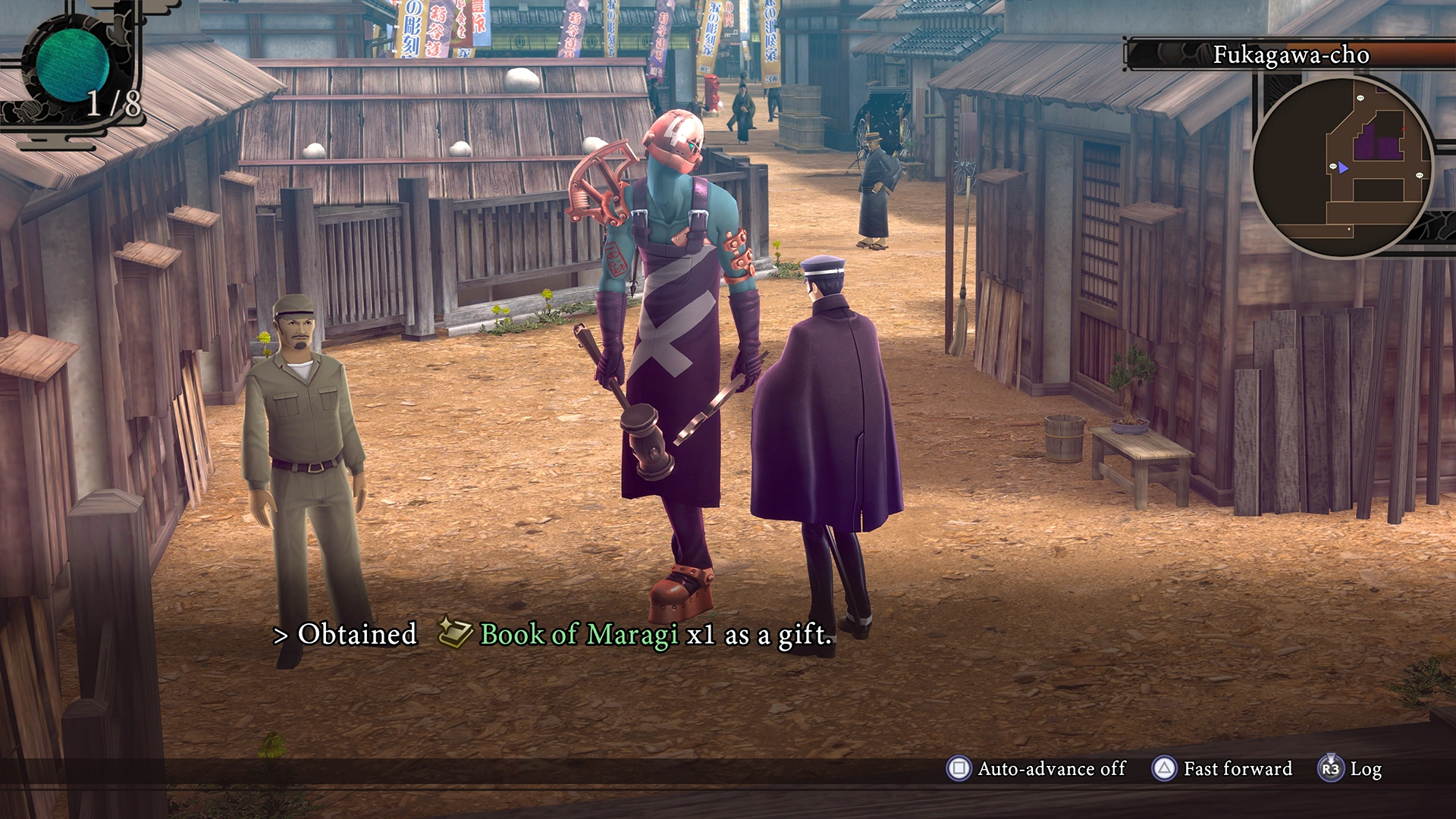

Integration of new demons and abilities
The remastered version of the game adds many new demons, increasing the number from 70 to over 120. It includes popular demons like Jack Frost, as well as newer ones like Idun and Hayataro from SMT5. This large number allows for more gameplay options. However, sometimes it seems like having more is better than having quality.
Raidou relies heavily on demons, showing they play a key role. Their new skills are a mix. While skills like Ignite, Cool Down, and Mind Read are meant to enhance exploration, they can make progress harder. Players often find themselves repeating the same navigation tasks.
Atlus has made changes to Demon Fusion. Now, demons can have passive skills and loyalty rules, which provides more depth for the summoner role. Still, the overall implementation feels a bit awkward. The demon skills may not be very unique and could fade into the background. Is it truly important to have more characters if they don’t add much to the game?
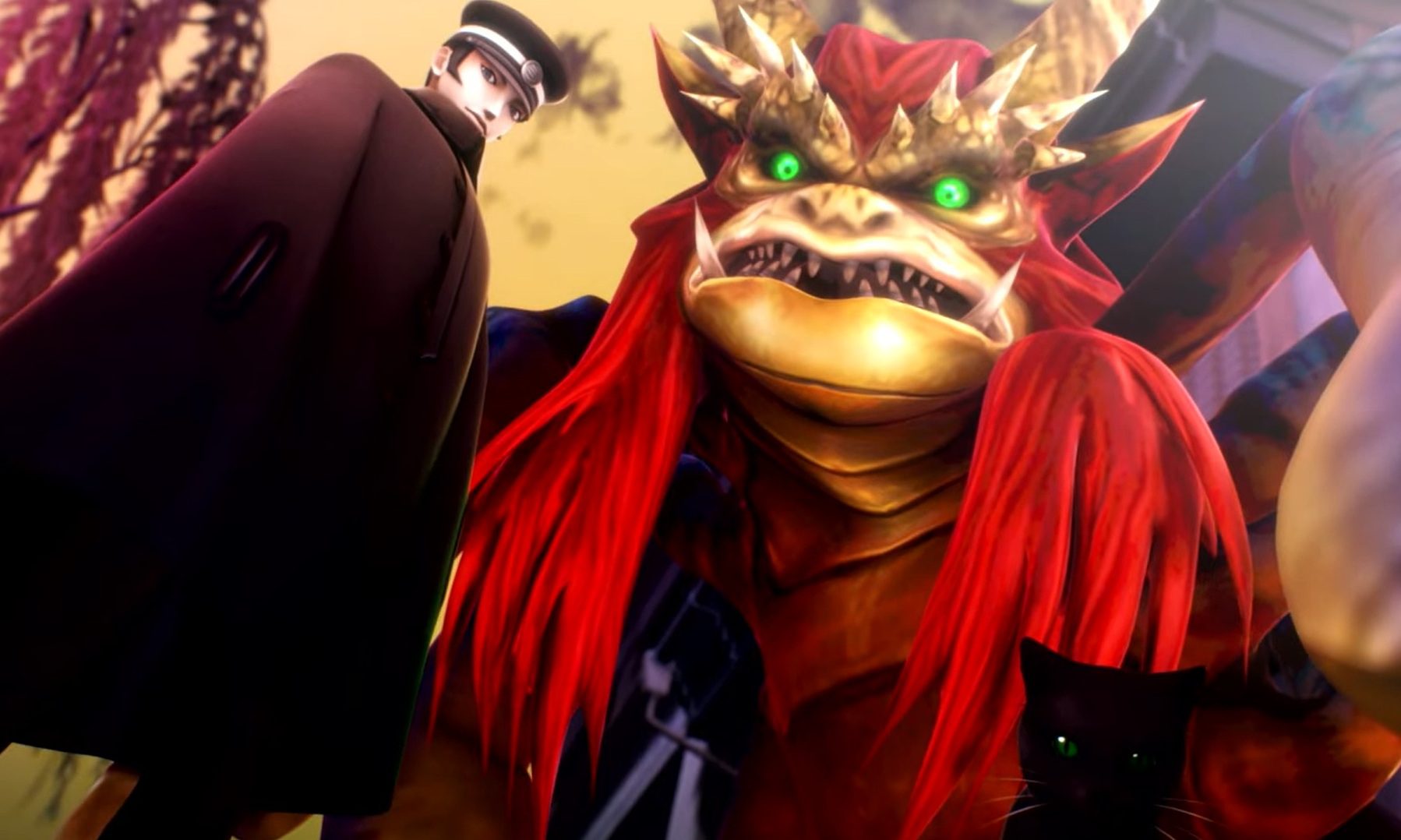

Conclusion
In conclusion, “RAIDOU Remastered: The Mystery of the Soulless Army” from Limited Run Games seeks to bring new energy to the original game. However, it struggles to answer many of the story’s lingering questions. While there are some good enhancements in graphics and gameplay, they do not fix a story that often feels incomplete and disconnected. Fans may enjoy the familiar aspects and improvements, but players looking for a clear and exciting experience might be disappointed. The mysteries of Raidou remain, making the remaster more of a reminder of what could have been, rather than providing a clear ending. If you’re curious but uncertain, it might be wise to have low expectations.
Frequently Asked Questions
How does the remaster improve the story elements?
The remaster brings surprise elements to its supernatural adventure, but it also relies a lot on shiny new parts like additional voiceovers, including a full VO experience. It adds some depth to the Megami Tensei story, but the narrative often feels choppy. This leaves some parts hanging awkwardly between the exciting moments and the more straightforward parts.
Are there any new characters introduced in the remaster?
The new roster adds more depth to Raidou’s adventure. It features a charming cast of complex characters, including Kaya Daidouji and the Hell’s Pawns. However, some new characters seem underdeveloped. They often find it hard to shine in the rich setting of the Taisho era.
